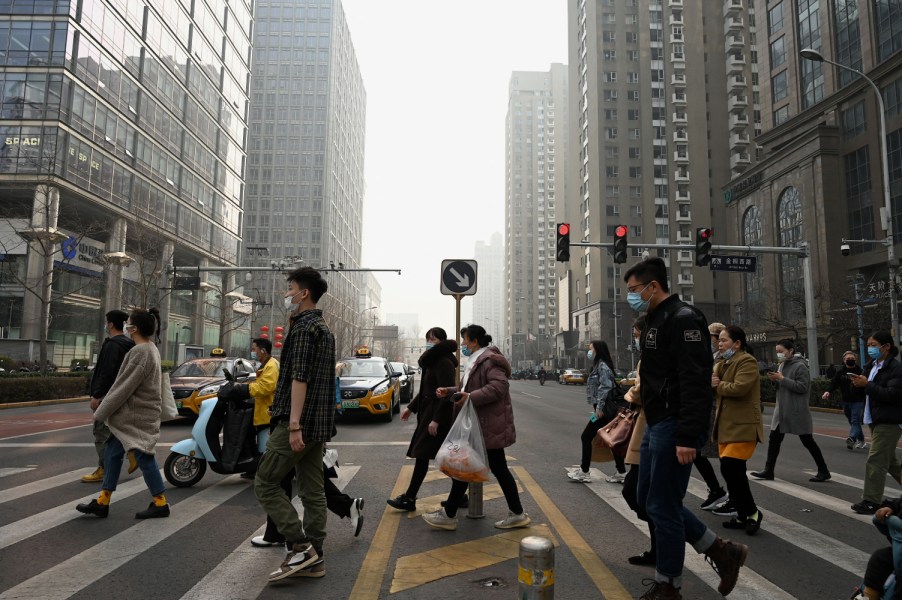
IIHS Says SUVs, Trucks More Likely to Be Involved in Pedestrian Crashes
As the size of SUVs and trucks continues to grow, Consumer Reports says the Insurance Institute for Highway Safety (IIHS) has found a startling situation. The study says the “poor front visibility” and the vehicle design might be to blame for higher rates of incidents with pedestrians.
The IIHS study says that minivans, large vans, pickups, and SUVs are more likely to be in a crash

The IIHS is continually working to make people safer on the roads, both in cars and independent of vehicles. Consumer Reports says the study looked at the implications of “SUVs, pickup trucks, minivans, and vans” on pedestrians. This grouping of vehicles is sometimes known as light truck vehicles or LTVs. The study found that those driving SUVs, trucks, and vans are more likely to hit a pedestrian while taking corners. Since these vehicles are larger, the lack of visibility contributed to the increased risk of hitting pedestrians.
The IIHS recently looked at 14,000 fatal crashes involving pedestrians. The research showed that SUVs were two times more likely than cars to be making a left turn during the incident. Vans and minivans were three times as likely. Pickup trucks were nearly four times as likely to be making a left turn before the fatal crash.
The Insurance Institute for Highway Safety also found similar results with non-fatal crashes during the research. One of the conclusions the IIHS made was that “LTVs were more likely to be involved in certain pedestrian crash types, implying a potentially problematic visibility of pedestrians near the front corners of these vehicles.”
Consumer Reports and the IIHS think the increased size of these vehicles contributed
Consumer Reports says there is still more research to understand why this is a thing. Wen Hu, one of the senior transportation engineers at the IIHS, says that the problem could be related to the design of these larger vehicles. The front end can conceal what is in front of the car and what might be on the road.
“It’s possible that the size, shape or location of the A-pillars that support the roof on either side of the windshield could make it harder for drivers of these larger vehicles to see crossing pedestrians when they are turning.”
Wen Hu | IIHS senior transportation engineer
In situations where crashes occurred without any turning, pickup trucks were still 51% more likely than regular-size cars to hit and kill a pedestrian. SUVs were 25% more likely. So what can be done to fix this problem?
Could the increased size of A-pillars be a possible reason?
Jennifer Stockburger is the director of operations at the auto test center at Consumer Reports. Stockburger surmised that the A-pillar on these vehicles is much thicker due to modern crash and rollover standards than it used to be. It isn’t confirmed that thicker A-pillars are the root of the problem, but said it could be part of the subsequent study.
Consumer Reports says it is also possible that “taller ride heights and bigger hoods mean that larger vehicles have greater front blind spots.” A previous study suggested that some larger trucks would have blind spots 11 feet or longer. In SUVs, the blind spots could extend 7 feet or more. In addition to large blind spots, it can be harder to stop in these larger vehicles.
No matter the cause, pedestrian deaths are up 59% in the last 13 years. One major factor Consumer Reports and the IIHS thinks can help reduce these fatalities include active safety systems on new cars. Automatic emergency braking (AEB) systems with pedestrian detection can help but don’t work as well when a vehicle is turning. Automakers are working to enhance these systems so that something like AEB can recognize a pedestrian faster.



